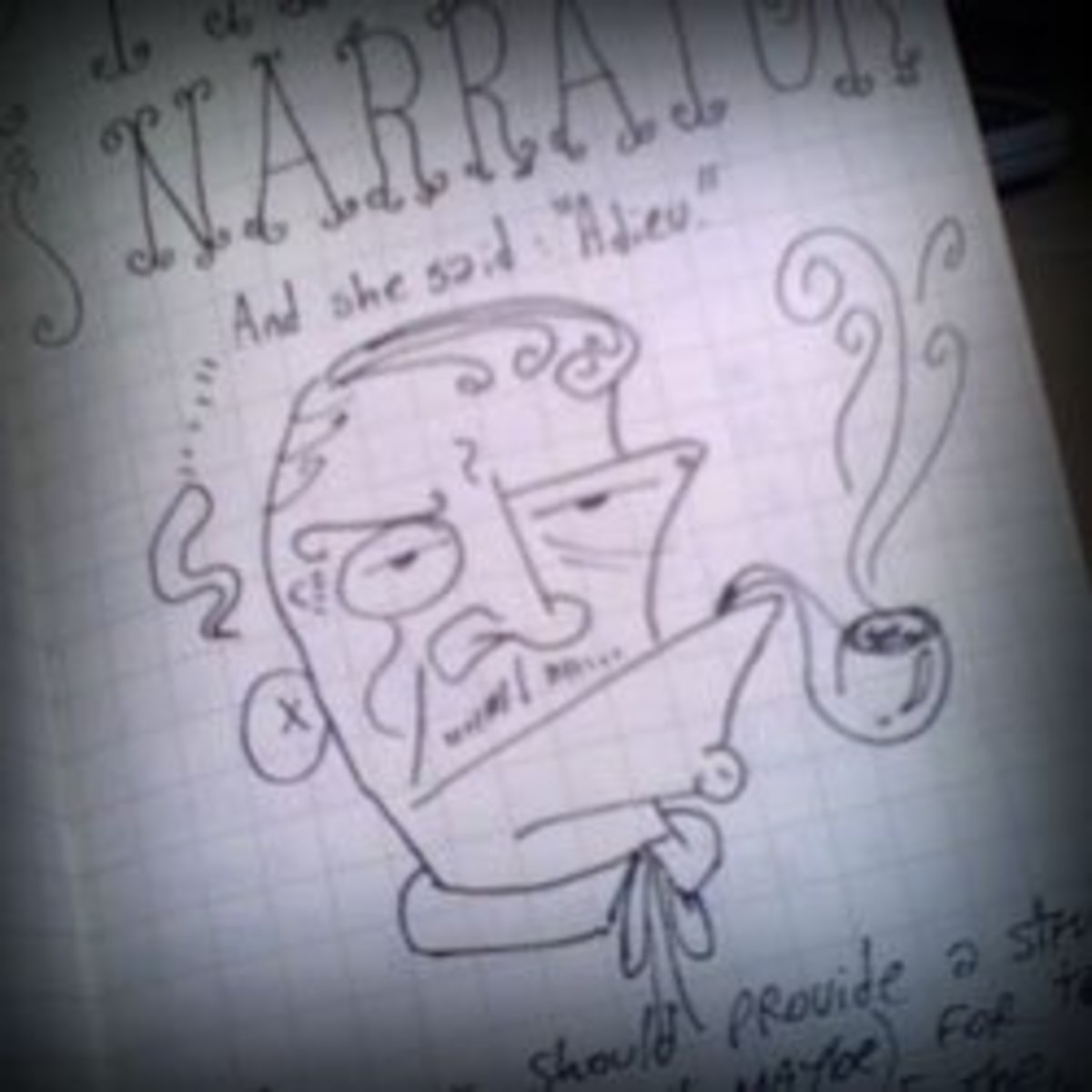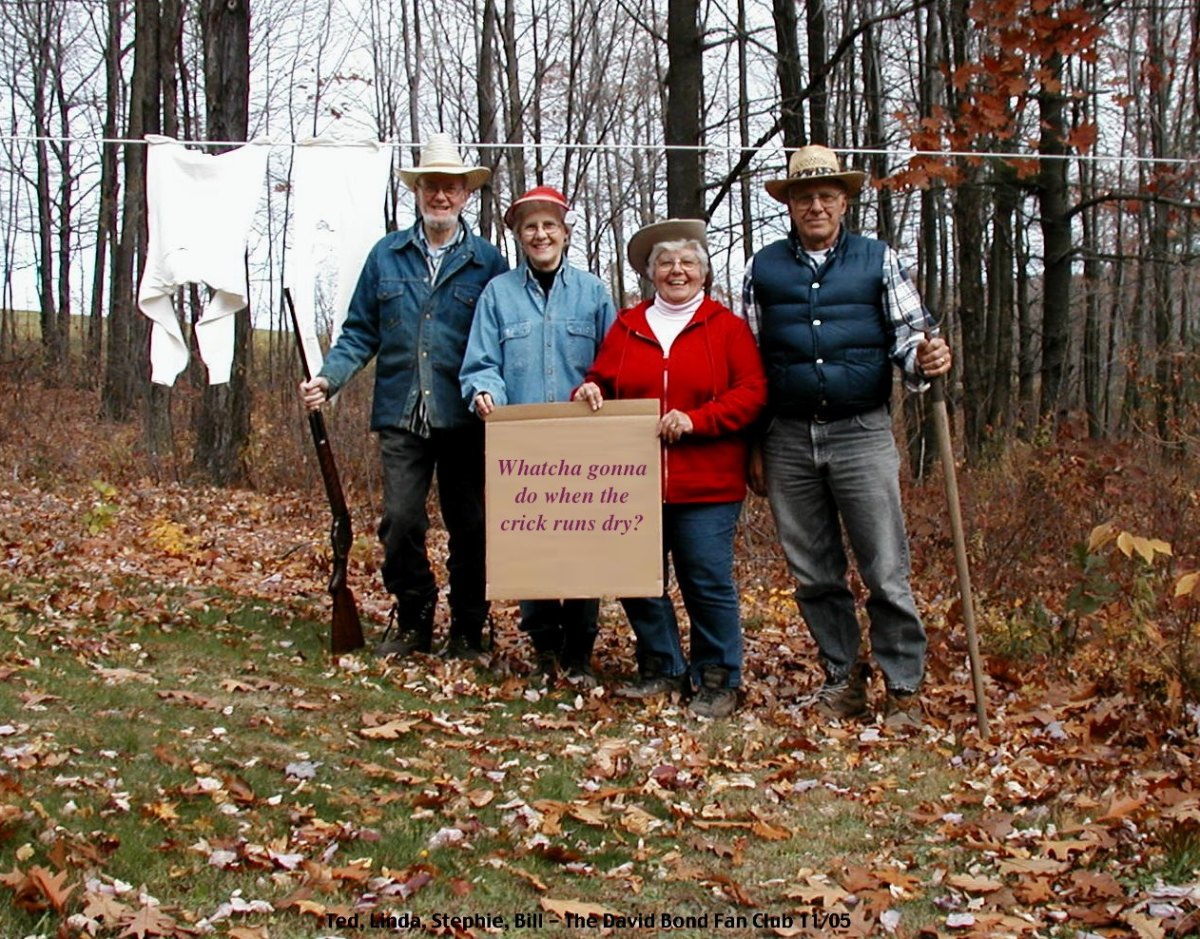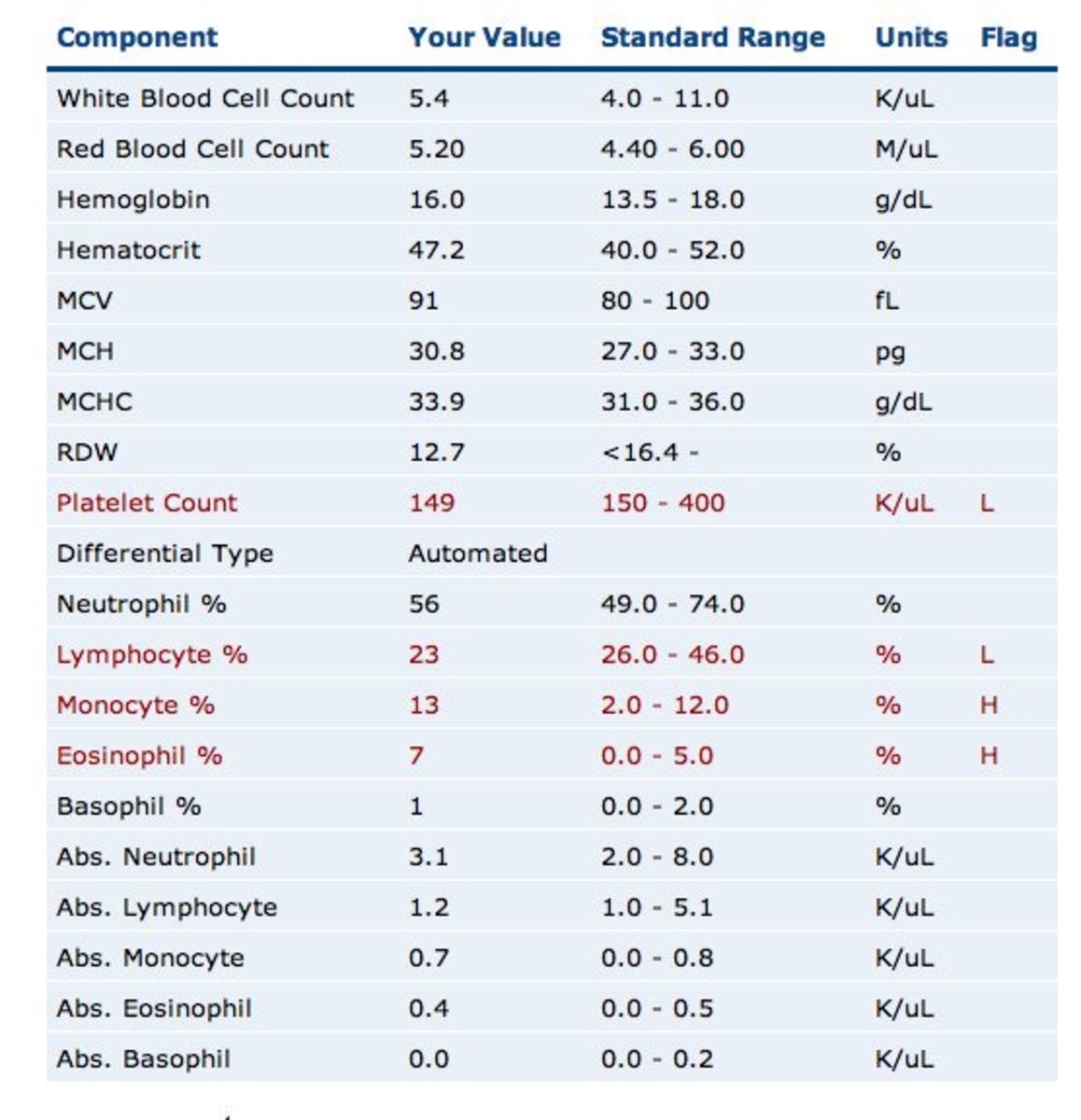Teacher Tips: A Creative Way To Assign the Creation of a Short Stoty
...and have some fun in the bargain.
How many times has this happened? Convinced that this will be something your students might actually enjoy, you announce to your class that their next long-range assignment will be the creation of a short story. A few kids look excited, but then that boy in the back of the room raises his hand. "What if you can't think of nothing?" "Yeah," always-serious Mary agrees. " What are we supposed to write about? I can't come up with anything if you don't give us a topic." "Me neither. Can my sister help me?" another voice chimes in.
Been there? If so, and if you're willing put forth the effort, I guarantee this technique not only will work, but that you will get some really interesting stories in the bargain. First, buy some poster board in five different colors. Cut each sheet into approximately 4"x 1 1/2" strips. Each color will represent a different part of the short story: characters, setting, plot, theme, and mood. (We'll get to tone later.) Next, starting with characters, write a few suggestions on each strip of the color you've chosen for characters. For example, on one strip you might might write a 12-year-old boy, a bike, a dog. On another, a minister, a detective, a teacher. On a third, suggest a baseball player, a bus driver, a police officer. In other words, you're offering starting points for the story. Make at least a class set of these. When you've completed the set for characters, set that pile aside (rubber banding works, or stash them in a small box) and start on the next category.
These are some suggestions for the other categories:
- Setting: a middle school, 1989; a tiny one-room apartment, 1965;a deserted island, 1978; a cave, 1934; the Philadelphia (or New York, or San Diego) Zoo, the present
- Plot: someone is forced to grow up quickly; two people become good friends because of an event; a hurricane hits the town; something happens that no one would ever expect ; a surprising person shows up
- Theme: good always wins out in the end; poor sports finish last;don't judge a book by its cover; don't waste your talents; crime doesn't pay; fools finish last
- Mood: happy, sentimental, mysterious, evil, romantic, encouraging, cheerful
If will take some time to complete all the strips for each category. Your family might be a good source of ideas; tossing ideas around in the faculty room could prove downright entertaining, too. When you've completed this part of the project, it's time to present it to your students. A good way to start out is to place each pile of strips across the front of your desk or a table. Call up one row at a time to the front of the room and instruct each student to select a strip from each pile. (Don't allow them to peruse the the strips, or this could take forever. Anyhow, the creative part is working with what's been chosen.) Have them record their story elements in their notebooks or on a piece of paper. It should look something like this:
Characters: an old man, a cat, a baby Setting: a golf course, present time Plot: someone finds a lost treasure (Note: Remember to keep your plot suggestions pretty general so that students can tweak them to fit their other story elements.) Theme: treat others the way you'd like to be treated Mood: uplifting
Remind the students that the element of tone has not been included in their selections because tone, after all, reflects the author's attitude towards his or her subject. Hence, since they are the authors, they will determine the tone. Assure them that they have a lot of leeway with their stories. For example, as long as the characters they were "assigned" appear somewhere in the story, they are free to add other characters. The same applies for the other story elements. Finally, be sure to give students enough time to develop a good story. (Two weeks should be enough.) In fact, the students might be so "into" the assignment by the time they've chosen their story starters, you might want to give them the remainder of the class period to begin brainstorming. At some point during the next two weeks, designate a "proofreading day" for students to exchange rough drafts. (This also assures that they start writing the rough draft well before the night before the final copy is due.)
Once your students have their Story Starter Strips, their assignment becomes less of a task and more of a challenge. When the due date arrives, you might be amazed at the creativity that your assignment inspired.The students who usually enjoy writing assignments will produce some amazing stories, and those who usually moan and groan (or just don't turn in writing assignments) should be energized into creativity just by the nature of the assignment. It definitely will take some time for you to put the assignment together, but once it's done, you'll have it forever. Here's to creativity....both yours and your students'!






